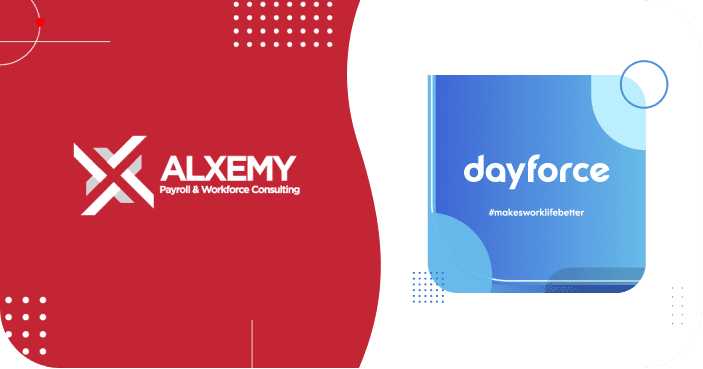If you’re just joining us, the earlier parts of this series covered the foundational stages:
- Part 1 – Getting Started: Laying the groundwork for a successful implementation.
- Part 2 – Vendor Selection: Choosing the right partner to meet your organisation’s needs.
- Part 3 – Project Initiation, Scope & Design: Defining the project’s parameters and aligning stakeholder expectations.
Top 5 Points at a Glance
- Provisioning sets up the technical environments and access to support the build.
- The build phase transforms your scoped requirements into a tailored HCM system.
- Data migration planning begins early – clean, mapped data is critical.
- Vendor testing ensures everything works as expected before user testing starts.
- Clear communication, aligned expectations, and contingency planning drive success.
Now, we shift from planning to execution. Provisioning, Build, and Vendor Testing is where your system begins to take shape. This stage brings together infrastructure, customisation, and early-stage quality assurance – all before the system reaches your wider team. Each element plays a vital role in ensuring the foundations are strong, the build is aligned with expectations, and the finished product delivers real value.
“Provisioning, Build, and Vendor Testing is where your system begins to take shape — long before your wider team ever logs in.”
Provisioning: Laying the Technical Foundation
Provisioning is the behind-the-scenes work that prepares your environment for what’s ahead. It begins with setting up the right infrastructure – development, testing, and production environments that reflect the operational realities of your organisation.
At the same time, access management comes into play. This means configuring user roles and permissions in a way that supports both usability and data security. It’s about giving the right people the right access at the right time.
Finally, this is when you prepare for integration. Most organisations rely on a network of systems – payroll, finance, timekeeping, and more. Getting these interfaces ready is crucial so your HCM system doesn’t operate in a silo but works in harmony with your existing stack.
Taken together, these actions ensure that the project’s next phase – the system build – has a stable and secure foundation.
- Environment Setup: Establishing development, testing, and production environments that mirror your organisation’s operational landscape.
- Access Management: Configuring user roles and permissions to ensure secure and appropriate access to the system.
- Integration Points: Preparing interfaces for seamless data exchange between the HCM system and existing applications such as payroll, finance, and timekeeping systems.
Build: Developing the Customised Solution
Once the infrastructure is in place, the build phase can begin. This is where the vendor takes the detailed requirements you’ve aligned on during the design stage and starts developing a tailored system.
Configuration is about fine-tuning system settings to support your organisational structure, policies, and compliance needs. Customisation goes a step further – introducing bespoke workflows or features that reflect the way your business operates. It’s also where data preparation begins in earnest. Migrating from legacy systems is never as simple as a copy-paste job. It requires careful mapping and cleansing to ensure that what goes into the new system is accurate, usable, and aligned with your goals.
Close communication is essential here. Every adjustment, every iteration – it all contributes to how the system will ultimately feel for your people. Keeping that dialogue open ensures the build doesn’t drift away from what your organisation actually needs.
- Configuration: Tailoring system settings to align with organisational policies, workflows, and compliance requirements.
- Customisation: Developing bespoke features or modifications to address unique business processes or needs.
- Data Migration Preparation: Mapping and cleansing data to ensure accurate and efficient migration from legacy systems.
“This phase isn’t just about building software — it’s about building trust in the solution you’re about to roll out.”
Vendor Testing: Ensuring Quality and Compliance
Before your internal team gets hands-on with the system, the vendor needs to run their own tests. This isn’t just about ticking boxes – it’s about confirming that the build meets expectations and can handle real-world use cases.
Vendor testing includes individual unit testing, broader functional testing, and making sure integrations work as expected. But testing isn’t something that happens in a vacuum. Your project team should be involved through regular playback sessions. These checkpoints provide an opportunity to preview completed features, validate progress, and resolve issues before they become roadblocks.
- Unit Testing: Assessing individual components or modules for correct operation.
- Functional Testing: Verifying that the system’s features work as intended and meet the specified requirements.
- Integration Testing: Ensuring that the system interfaces correctly with other applications and data flows seamlessly across platforms.
These collaborative reviews are where value is created – not just in terms of system functionality, but also team alignment and user confidence.
Best Practices to Navigate This Phase
If there’s one theme that runs through this phase, it’s alignment – between your team and the vendor, between expectations and outcomes. That’s why clear communication, structured documentation, and the right resource allocation can make all the difference.
Even with the best planning, challenges can arise. Having contingency strategies in place allows you to stay flexible and focused, even when things don’t go exactly to plan. This phase isn’t just about building software – it’s about building trust in the solution you’re about to roll out.
- Maintain Open Communication: Establish regular check-ins and clear channels for feedback between your team and the vendor.
- Document Changes and Decisions: Keep detailed records of configurations, customisations, and any alterations to the original design.
- Allocate Adequate Resources: Ensure that both your organisation and the vendor have the necessary personnel and tools dedicated to the project.
- Plan for Contingencies: Anticipate potential challenges and develop mitigation strategies to address them proactively.
By adhering to these practices, organisations can navigate the complexities of the provisioning, build, and vendor testing phase effectively, setting the stage for successful user acceptance testing and system deployment.
Stay tuned for the next instalment in our series, where we will delve into User Acceptance Testing, Training, and preparing for Go-Live.
Need expert support through your HCM implementation journey? From provisioning and build to deployment and beyond, Alxemy’s Software Implementation Services give you the experience, structure, and guidance to get it right. Let’s talk about your next step.






